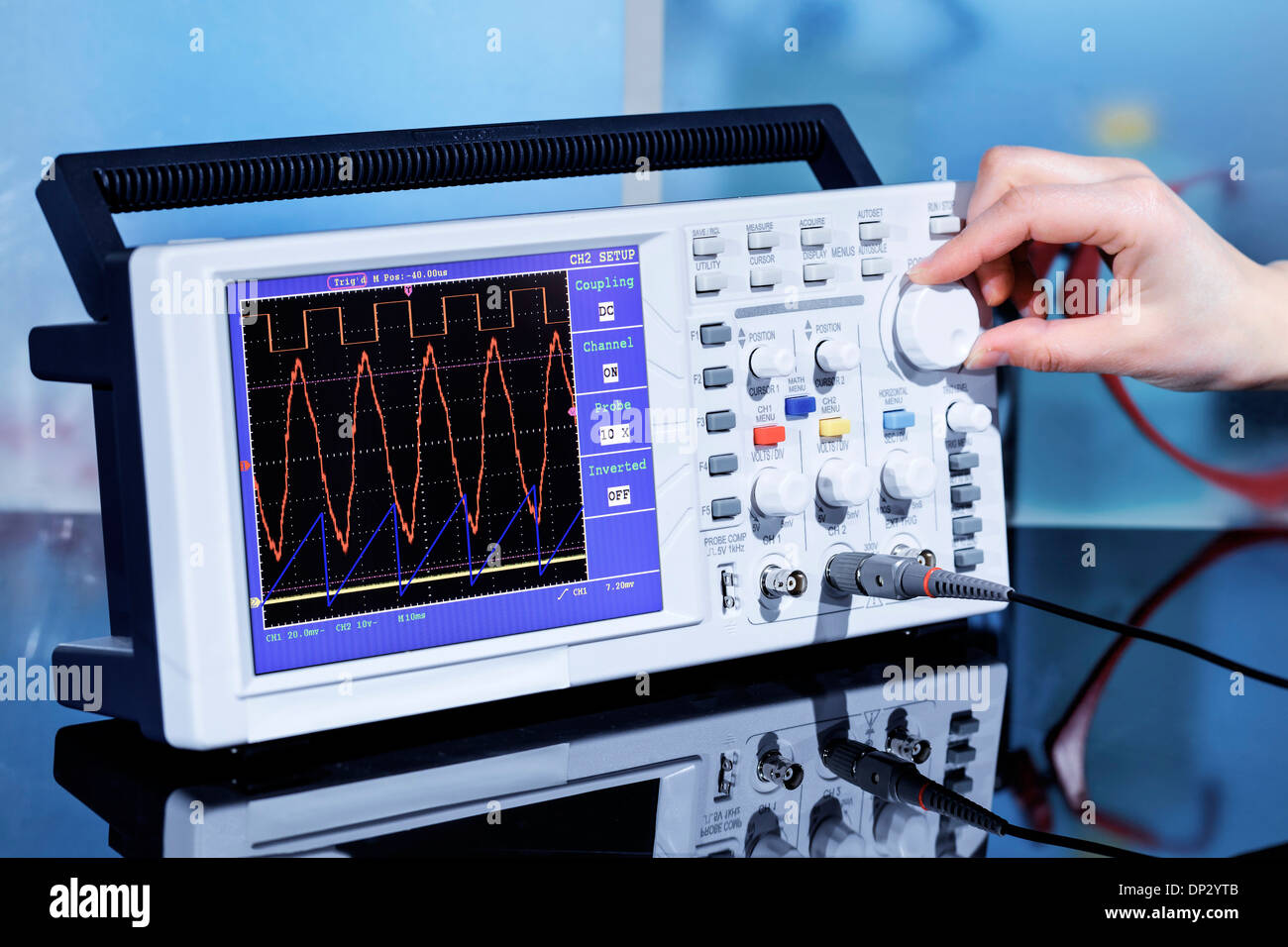
On your mixer, zero out the knobs and sliders and turn it on. This is pretty much the only button you need for the biasing process. In xscope, go to the Oscilloscope tab and click the Auto button.
Xscope oscilloscope generator#
In xscope, go to the Waveform Generator tab and choose the Sine waveform and set the Frequency Range to 10k and set the Desired Frequency to 1000.00 (Hz). It should auto-detect the attached Xprotolab, but if it doesn't you can force it to on the Options tab using the Connect button. It should power up the tiny screen and green LED Plug in Xprotolab to laptop with microUSB cable. Hook oscilloscope input pin to Bias point. Hook oscilloscope ground pin to U87 board ground-the same ground as for the mixer output. Mixer output goes through 1/4in plug to injection point on U87 board.

This matters-I had the oscilloscope pins flipped relative to the waveform generator and got weird results-they must share the same ground (and it says this in the manual). Observe tip and ring, where ring = ground. Xprotolab's waveform generator pins go to 1/4in plug, which goes into mixer channel. You will not need attenuation for biasing the JFET and can use direct wires to the U87 board. I had to amplify it with a single mixer channel, but this was not hard.Ĥ) You will destroy the microprocessor with too high input voltage (max 30V on analog inputs), so be sure to use attenuated probes for higher-voltage sources. Next time I would buy the larger Xminilab DIY kit so that I won't have to attach the laptop at all.ģ) The waveform generator's output is too low for biasing.
Xscope oscilloscope software#
It will work for biasing, but it is hard to see the sine wave beginning to flatten out on such a tiny screen (hence my choice to use the software interface). Luckily, I was able to reattach it without having to buy another one, but even that was a pain because the solder ran inside the connector such that I couldn't insert the plug any more! I was able to fix it by draining the extra solder out.Ģ) The Xprotolab's screen is very, very small. (I went DIY because I am already over-budget on my U87 builds, but I would not do it a second time.) I didn't use enough solder on the microUSB shell and ended up breaking it off. Soldering SMT was a pain, especially the microUSB connector. If I blew something up, it would be the cheap Xprotolab, not my laptop.ġ) DIY on the Xprotolab or Xminilab is not for the faint of heart.
Xscope oscilloscope free#
It also includes a free open source software interface (Win/Mac/LINUX) that works if the oscilloscope is attached to a computer via microUSB cable-I used this for my U87i JFET biasing.

This came in really handy during the biasing (explained below in the biasing setup procedure). I have no affiliation with this company-just a happy customer.Ī nice feature is that it has a built-in waveform generator on separate pin-outs. It's called the Xprotolab (tiny) or XMinilab (slightly larger). And I didn't want to mess around with software oscilloscopes for smartphones or computers due to the rare possibility of damaging the expensive device, so I went searching for low-cost, tiny oscilloscopes and found one that comes in DIY kit form. I sold off my giant oscilloscope a long while ago since I used it maybe once per 3 years.


 0 kommentar(er)
0 kommentar(er)
